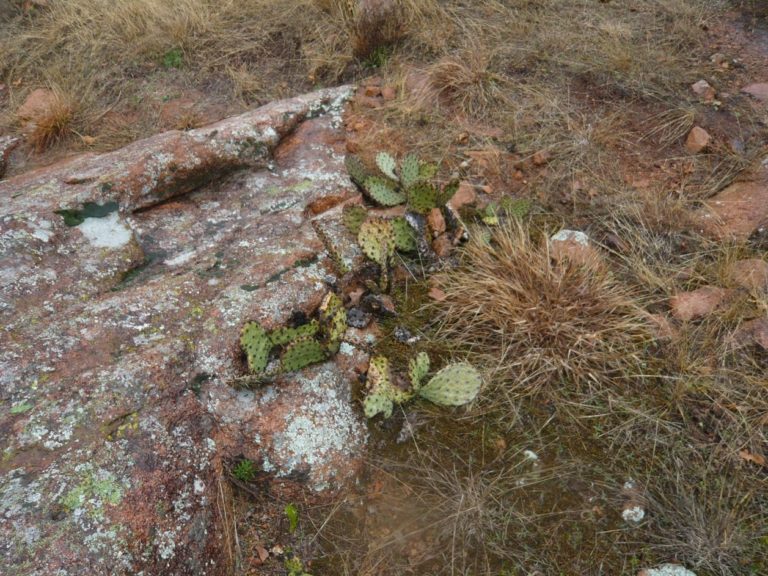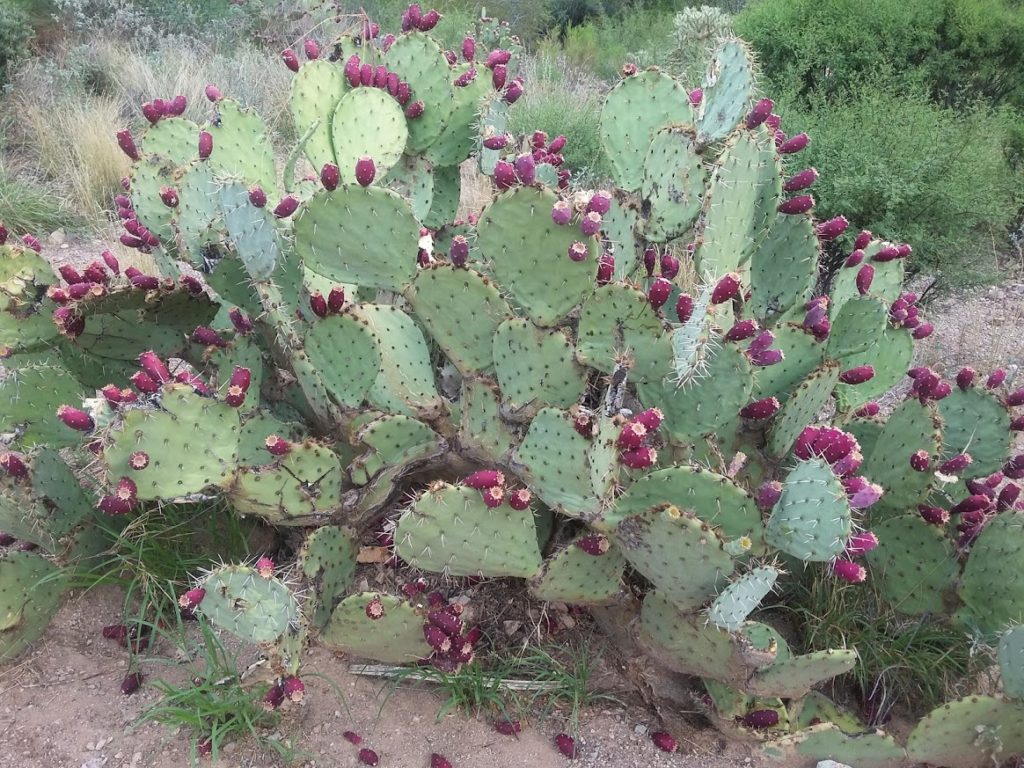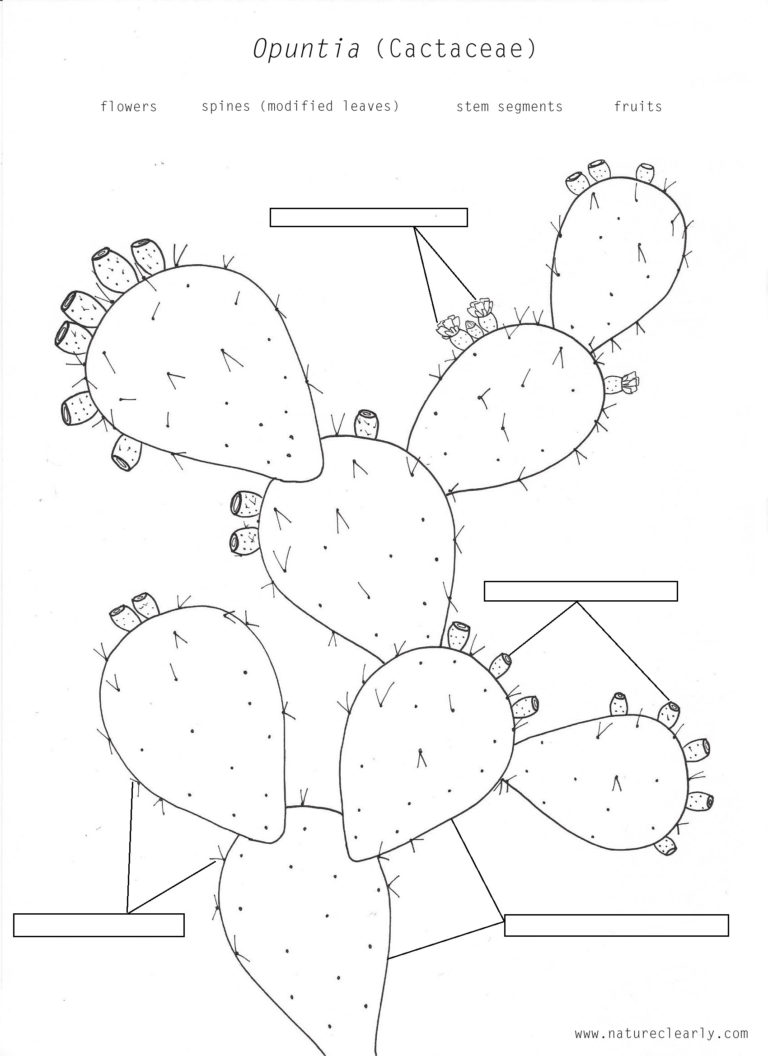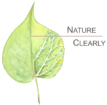Opuntia, commonly known as “prickly pear cactus”, is the most widespread genus of cactus (family Cactaceae) in North America. Although cacti are most typical of the arid southwestern climate of the Sonoran, Chihuahuan and Mojave deserts, Opuntia can be found across the United States and some freeze-tolerant species can even be found as far north as Canada!
With well over 100 species, there is some variety in appearance across the plants. Flowers typically range from yellow to purple in color and they mature into green, yellow, red or purple fleshy fruits. These cylindrical fruits are often juicy and sweet, making them a popular food source, especially in Mexico (Opuntia fruit is the most widely used for cactus candies).
Those flat, oval pads, creating the body of an Opuntia plant, are often mistakenly called “leaves”. However, those pads are actually stem segments. Just like the fruits, Opuntia pads are also edible and can be found at supermarkets, frequently under the name “nopales” or “nopalitos”. Flowers (and later, fruits) are attached along the edges of the pads. The pads, and sometimes even fruits, are armed with spines; these spines are actually highly modified leaves! Some species, however, may be spineless.


Now that you know the basic morphology of an Opuntia plant, you can download our coloring page (below), where you can not only color the Opuntia, but also test your knowledge and match the names of the plant parts with the picture. Have fun!


